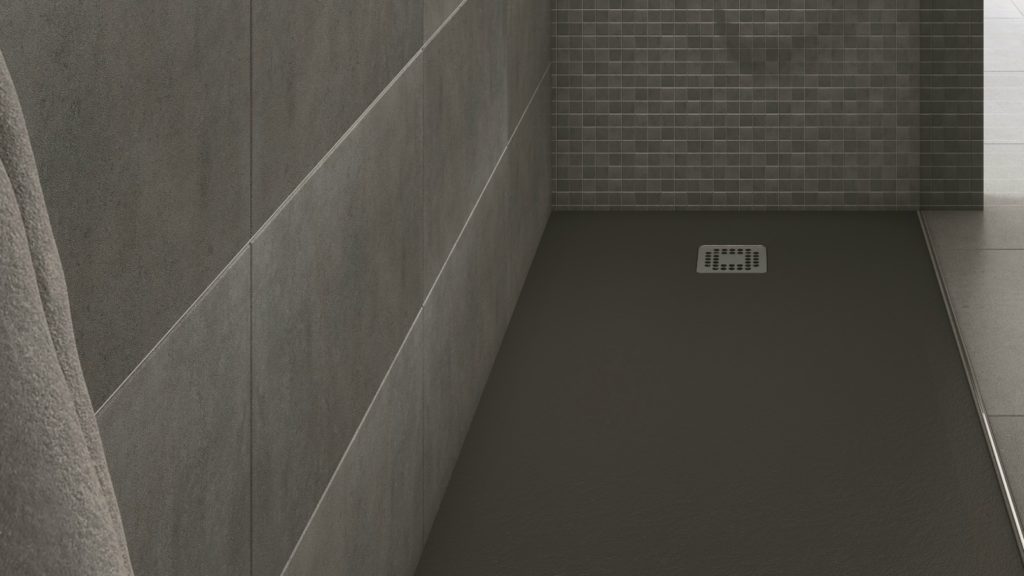
As the percentage of over 65s in the UK increases year-on-year, the demand for bathrooms with more accessible features will naturally follow.
However, there is still work to be done on ensuring houses have the necessary space to facilitate inclusive bathrooms.
This is especially significant since – as found in a report by the charity ‘Centre for Ageing Better’ – 80% of the homes we need by 2050 are already built; improving the current housing stock to benefit those in need of inclusive bathrooms is a priority.
Sponsored Video
After all, as managing director of Roman David Osborne points out, the UK’s ageing population “is the highest it has ever been.”
He adds: “There are over 11million people with a limiting long-term illness, impairment or disability.”
As people live longer and longer, this is only set to increase; steps must be taken now to meet their needs.
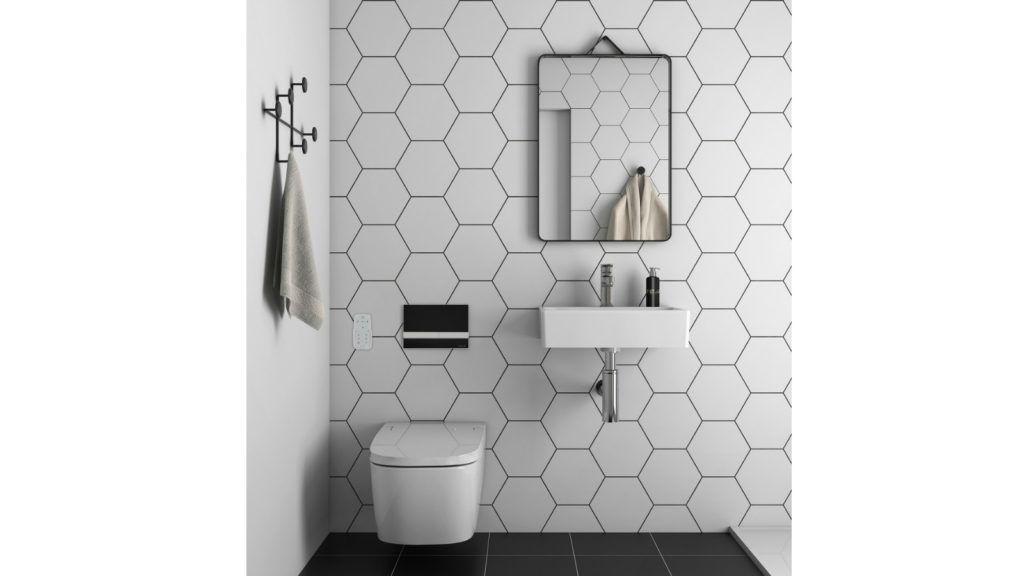
Key to accessibility
But what makes an inclusive bathroom, well, inclusive?
“Inclusive bathrooms are becoming increasingly important,” according to Ann Boardman, Saniflo’s UK head of marketing and product development, so truly understanding them is crucial.
She goes on to explain: “Products must meet stringent safety standards and access must be easy.”
Senior category manager for Grohe UK Paul Bailey expands with some suggestions: “The room layout should avoid narrow access ways, provide sufficient turning space for wheelchairs and walkers, and place basins and WCs in easily accessible spots.”
When specifying for an inclusive bathroom, the needs and wants of the consumer must be the first consideration.
David Osborne of Roman comments: “The older generation or disabled user is no longer satisfied with a traditionally inclusive product, they want to create a stylish or inviting bathroom, which also happens to offer easy access.”
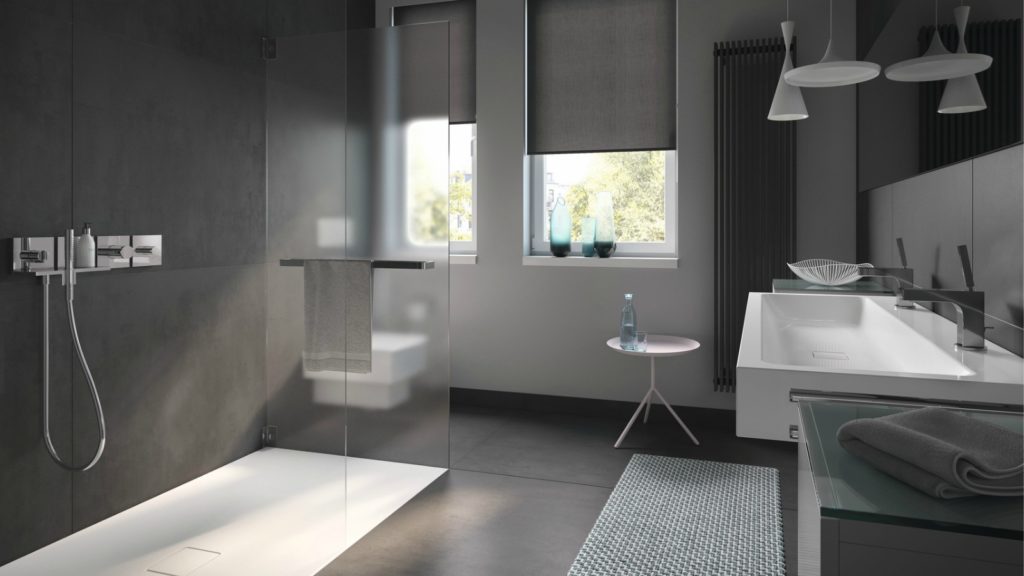
In terms of important elements of the room, head of sales for Kaldewei UK Adam Teal suggests: “Flat, floor-level shower surfaces provide a less hazardous shower area but with the added benefit of being a modern, attractive space for all the family.”
And product manager for Hafele UK Shaun Barker adds that products should “be easy to clean – copper is a great material to use, as it benefits from anti-microbial properties and is remarkably durable.”
Smart steps
Further to this, there is the added option of smart technology.
As it proceeds to become more and more prevalent in bathroom design, is there a tangible benefit for the older generation?
The answer is a resounding yes. Ann Boardman of Saniflo explains: “Products that minimise the risk of scalding – such as digital shower products – have helped.”
Boardman also goes on to say that the older generation will benefit from practical solutions too. She adds: “Pressing buttons can be easier for the older generation rather than turning tap heads as strength deteriorates, or in the case of arthritic joints.”
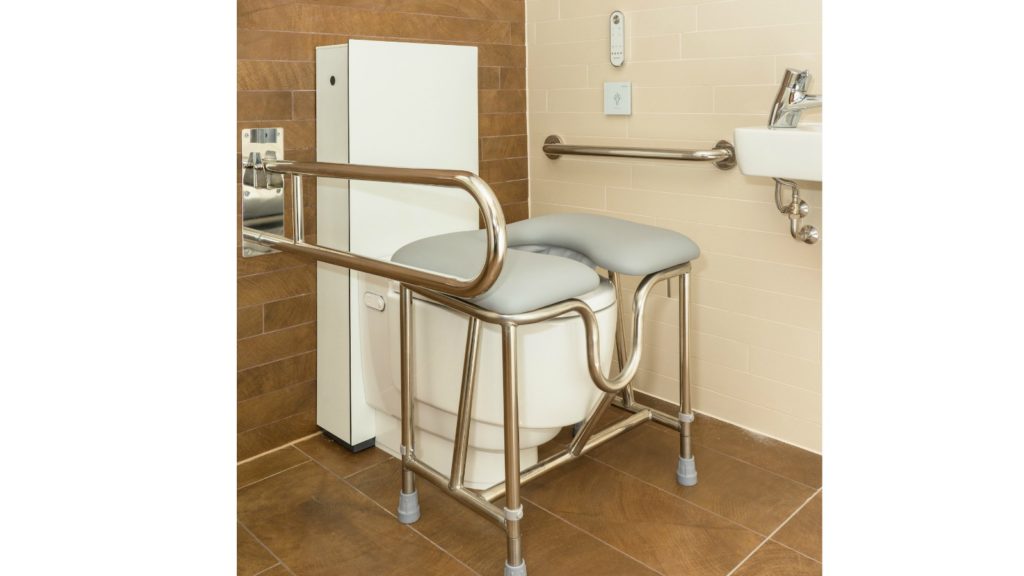
Meanwhile, Grohe’s Paul Bailey comments: “Product innovation is allowing older people to maintain their dignity and independence for longer without having to look to other care solutions.”
And Shaun Barker of Hafele rounds out the effusive opinions on the effectiveness of smart technology in the inclusive bathroom.
He comments: “Innovations in smart technology have been instrumental in transforming the accessible bathroom experience, with digital shower controls, automatic rise and fall units and shower toilets all adding value for users.”
Work to be done
While technology certainly benefits inclusive design, and certain products more developed in terms of accessibility than others, there are still areas which need improvement.
Ann Boardman of Saniflo points out: “The area that requires the greatest attention is the drainage – particularly when new facilities are being created downstairs due to mobility issues.”
And Bette’s head of marketing Sven Rensinghoff has a potential solution: “It is important to explain the advances in waste technology that help make these low level trays possible and inform of the benefits of a low level tray.”
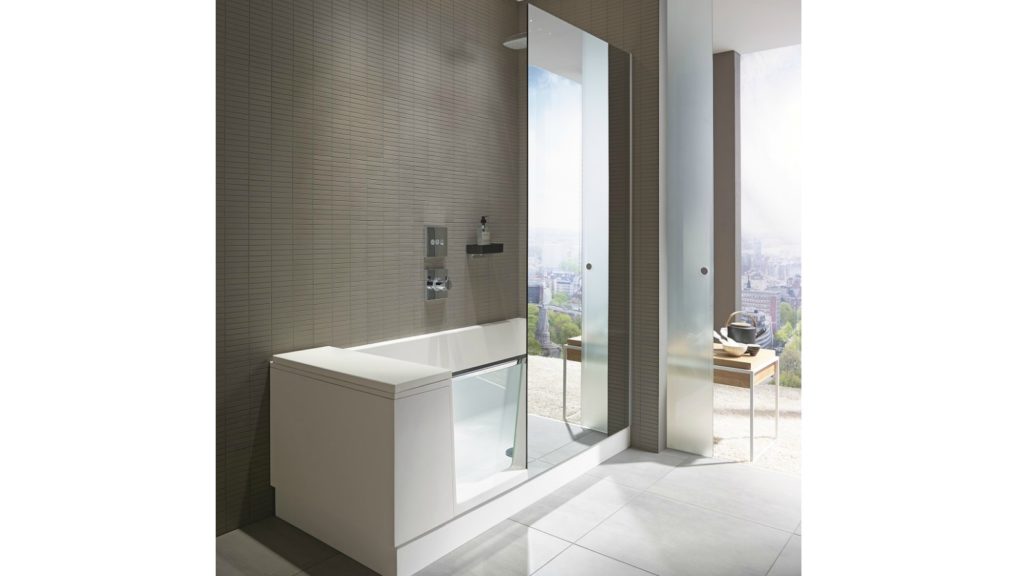
Lee Frost, director of Waters Baths of Ashbourne, raises another issue: “Baths tend to be perceived as clumsy and hard to access, and are typically overlooked for shower units, meaning that accessible bathrooms often lack that luxurious feeling we so often seek.”
On top of this, there is also a level of education required for consumers, as many remain unaware of the benefits of an inclusive bathroom.
Shaun Barker of Hafele confirms: “Despite the increased prevalence of accessible bathroom fittings, there is still significant work to be done in terms of educating both consumers and installers about the sheer breadth of options available today.”
So, while advancements have certainly been made in this area, there is still plenty to be done to achieve a truly inclusive bathroom.

An inclusive future?
However, despite some specific areas requiring work, there is certainly the capacity for all bathrooms to be designed inclusively.
Yet, as Saniflo’s Ann Boardman comments, we are not quite at the point where it is fully realised.
She explains: “Given the availability of inclusive bathroom products today, there’s no reason why all new bathrooms can’t be designed inclusively. However, we’re a long way from that, so there’s plenty of potential to continue to educate the trade and consumers.”
Read more about all the bathroom trends for 2019.



